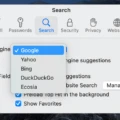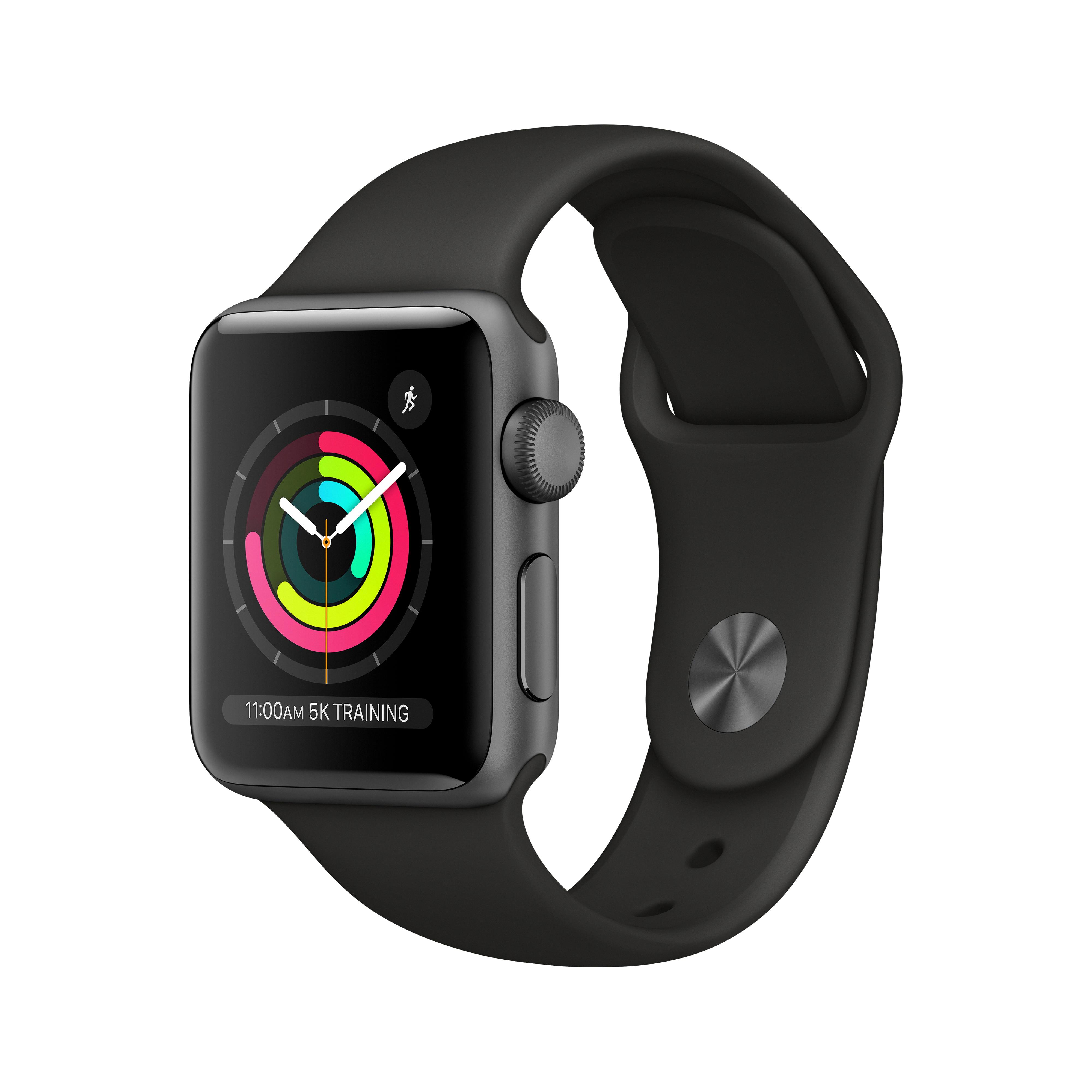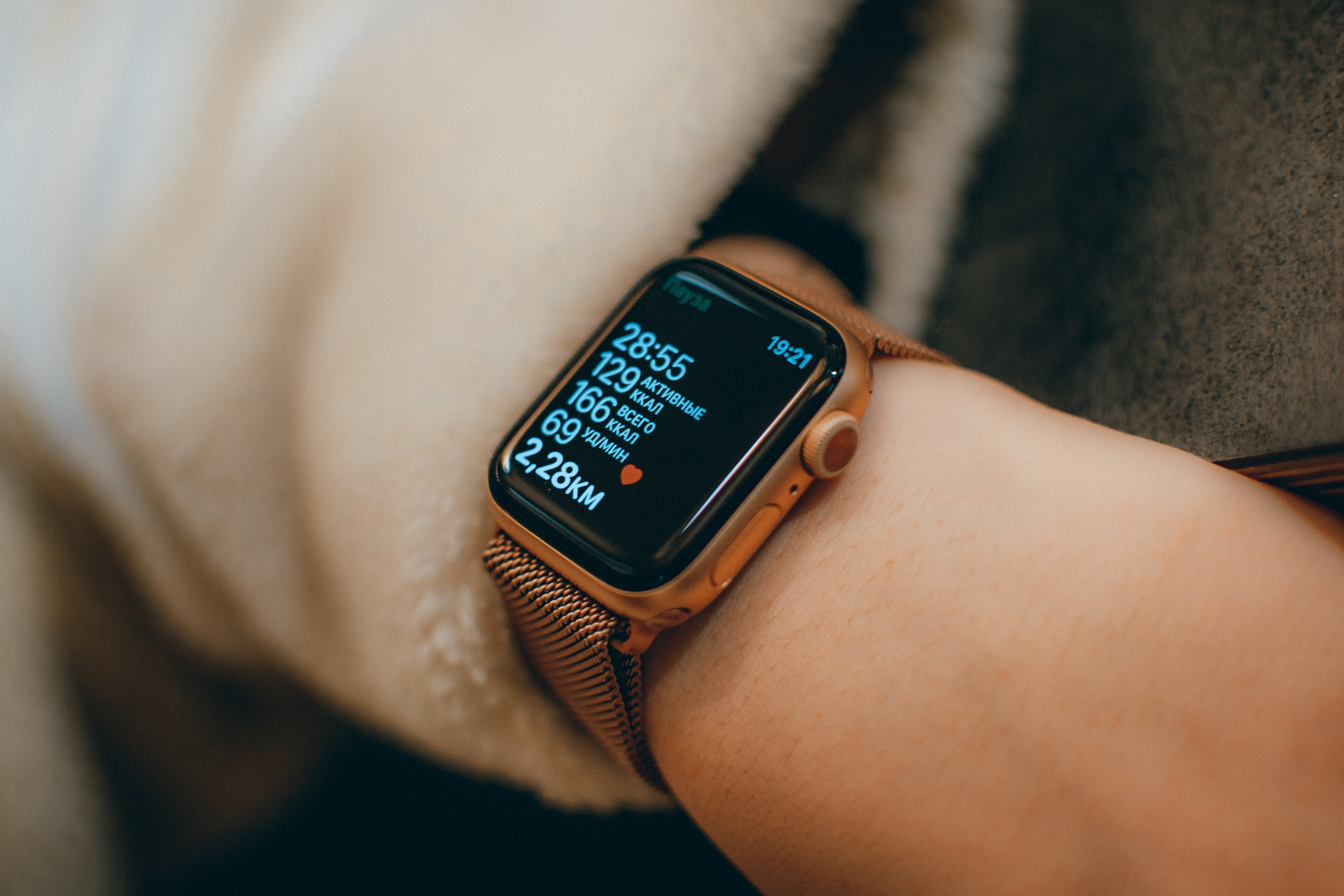The iMac is one of Apple’s flagship products, combining powerful hardware with a sleek design. But have you ever wanted to turn off the screen without putting your iMac to sleep? You can do this quite easily by using a few simple steps.
First, open the System Preferences on your iMac and select the “Energy Saver” section. Under the “Computer Sleep” setting, uncheck the box that says “Put the computer to sleep when it is inactive”. This will prevent your iMac from automatically going to sleep when you close the lid or after a certain period of inactivity.
Next, open up your Mac’s Display settings (this can be found in System Preferences or through Applications > Utilities). Here you will find an option titled “Turn Off Display After” which allows you to specify how long you want the display to remain on before it turns off. For example, if you want to keep your display on for an hour before it shuts off, set this option for 1 hour.
Finally, make sure that your Mac’s Screen Saver is disabled as this can interfere with turning off the display without sending your iMac into sleep mode. To do this, go back into System Preferences > Desktop & Screen Saver and make sure that None is selected under Screen Saver.
By following these simple steps, you can now turn off your iMac’s screen without it entering sleep mode. This feature can be useful for those who want their Macs to stay active while they are away from their desks but don’t want them running all night long. With just a few clicks of a mouse button and some basic configuration changes, you can now save energy while still keeping your Mac up and running!
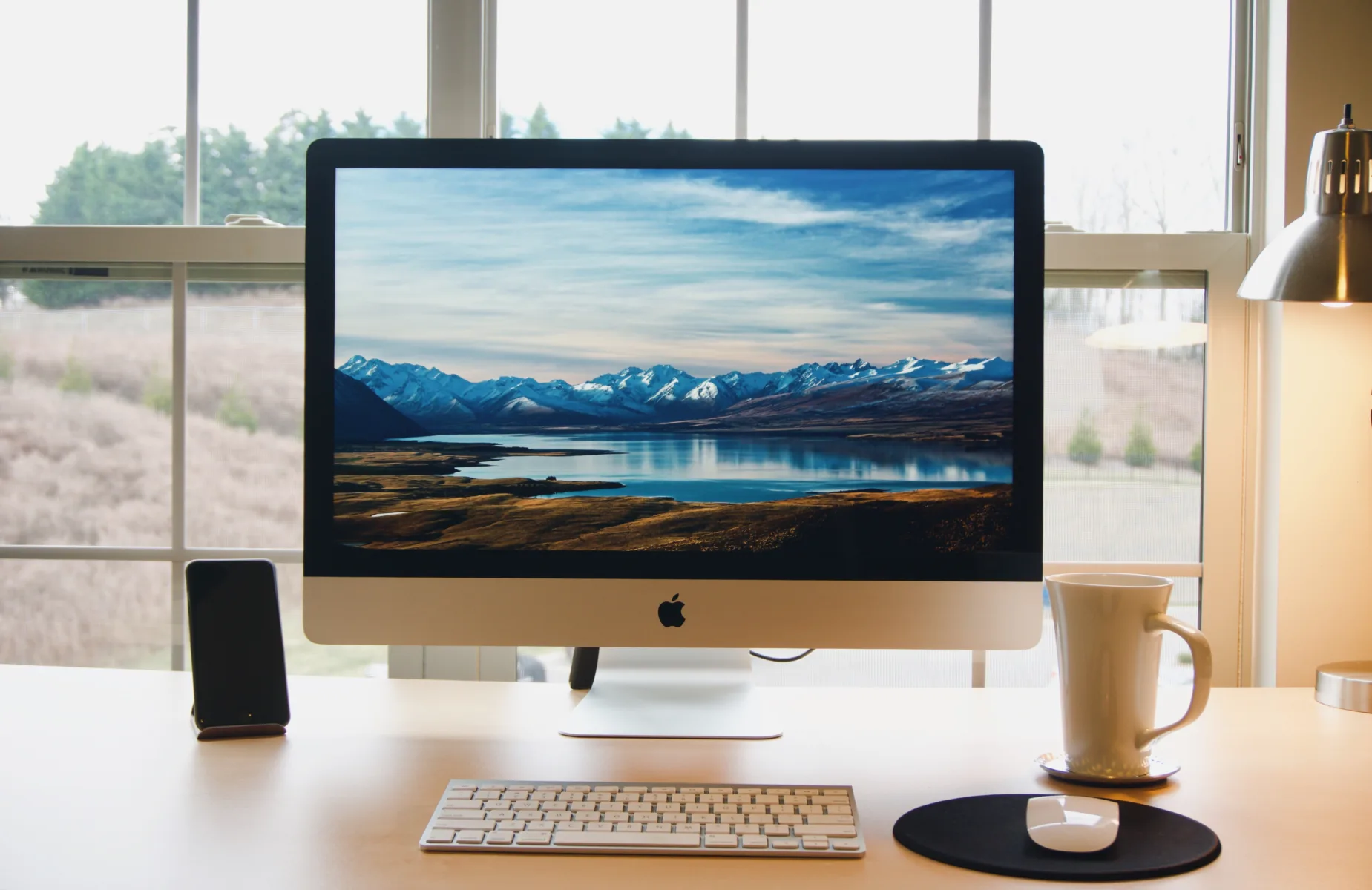
Turning Off the IMAC Screen
To turn off your IMAC screen only, press the Option + Command + Eject keys (or Option + Command + Power on newer models). This will put your IMAC to sleep, turning off the screen but leaving other components powered up. To wake it up again, just press any key or click the mouse.
Turning Off Mac Screen at Night
To turn your Mac screen off at night, you can use either the Sleep or the Screen Saver options.
Sleep is the simplest option, and will turn off your Mac’s display while keeping some background processes running. To put your Mac in Sleep mode, click the Apple logo in the top left corner of the screen, then select Sleep from the drop-down menu.
If you would like to set up a Screen Saver to turn off your Mac’s display after a certain amount of time, go to System Preferences > Desktop and Screen Saver > Screen Saver. From here, you can choose which type of screen saver you would like to use and configure it with your desired settings. When enabled, your Mac’s screen will automatically turn off after a certain amount of time has elapsed.
You can also enable Night Shift for more detailed control over when your Mac’s display turns off. Night Shift allows you to set up custom schedules for when you want your display to be turned off or on. To enable Night Shift, open System Preferences > Displays > Night Shift and adjust the settings accordingly. You can also turn Night Shift on and off using Control Center or by using Siri voice commands.
Turning Off Screen Timeout on Mac
To turn off screen timeout on your Mac, you will need to access the System Settings menu. To do this, click the Apple icon in the top-left corner of your screen and then select System Preferences. Once there, click Screen Time in the sidebar and choose yourself from the Family Sharing pop-up menu (if applicable). Finally, uncheck “Enable Screen Time” to disable it and prevent your Mac from automatically locking after a certain period of time.
Does Mac Enter Sleep Mode When Display Is Turned Off?
Yes, if your Mac is not plugged in and connected to an external display, it will go to sleep when you close the lid. To prevent this from happening, you can go to System Preferences > Energy Saver and select the option to “Prevent your Mac from automatically sleeping when the display is off”. This will ensure that your Mac stays awake even when the lid is closed.
Putting a Mac Screen to Sleep
To put your Mac screen to sleep, you have several options. The first is to choose the Apple menu > Sleep, which will put your Mac into a low-power state. Another option is to close the display of a Mac notebook computer, which will also cause the computer to go into sleep mode. Finally, if you have an Apple keyboard with a Media Eject key and an Option key, you can press the Option-Command-Media Eject key combination to put your Mac screen to sleep. If you have a Touch Bar on your Mac, you can also add the Sleep button to the Control Strip for easy access.
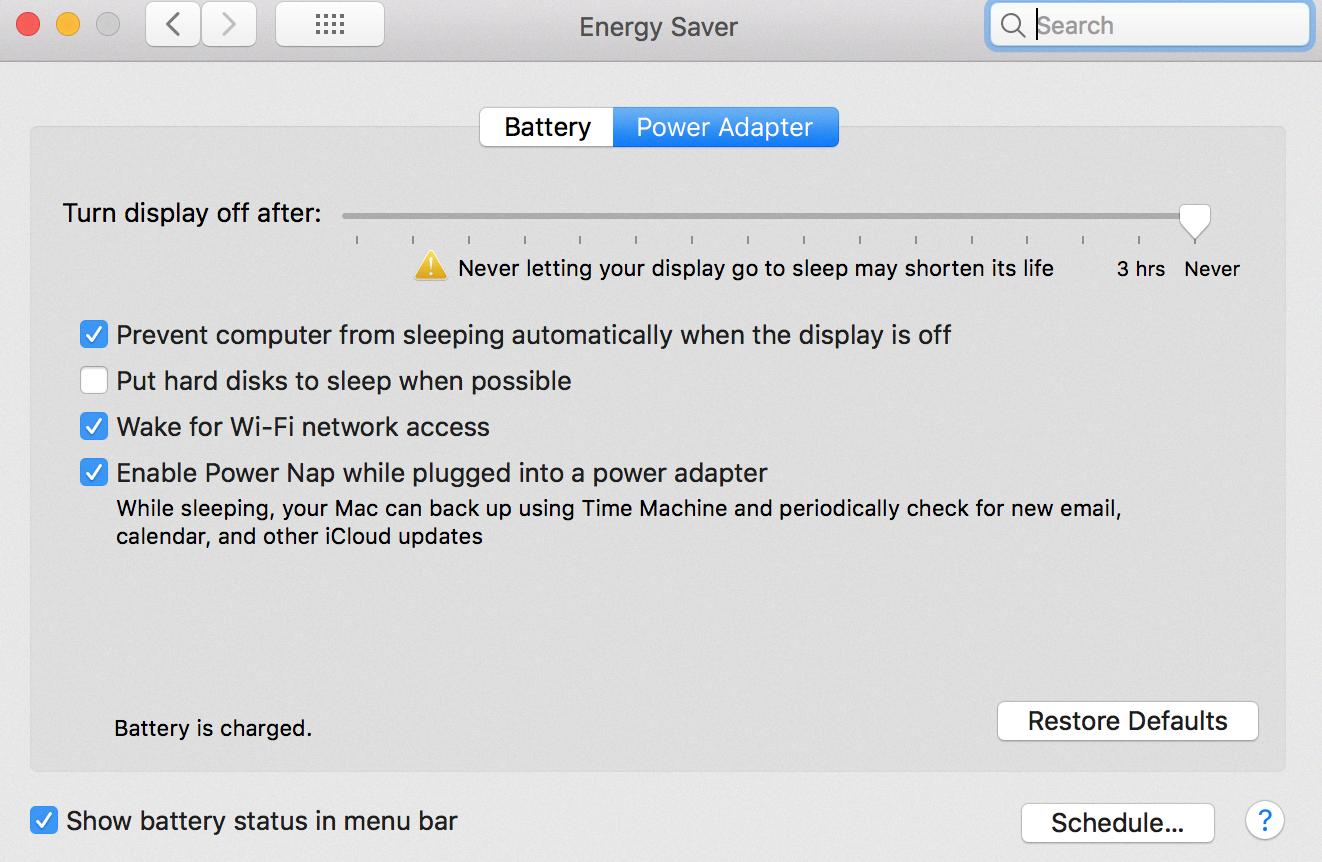
Source: apple.stackexchange.com
Adjusting Screen Timeout on Mac
To change how long your Mac screen stays on, you will need to adjust your screen saver settings. First, open your System Preferences by selecting it from the Apple menu. Next, click Desktop & Screen Saver, and then click Screen Saver. Use the slider to choose the amount of time you want your screen to stay on before activating the screen saver. You can choose any number of minutes up to 15 minutes (or less). Once you have selected the desired screen saver delay time, click Show All to go back to the main System Preferences window and save your changes.
Preventing Mac from Automatically Shutting Down Due to Inactivity
To stop your Mac from turning off due to inactivity, you need to adjust the settings in System Preferences. First, open System Preferences and select the Energy Saver tab. Then, tick the box next to Prevent the computer from sleeping automatically when the display is off. You can also drag the Turn display off after the slider to Never if you would like your display to stay on indefinitely. Once you have made these adjustments, click on the Lock icon at the bottom left corner of the window to save your changes and close System Preferences. Your Mac should now remain active even when it is inactive for a long period of time.
Why Does My Mac Screen Turn Off Quickly?
Your Mac screen turns off so fast because your computer is set to enter sleep mode after a certain amount of time. This is designed to save energy and extend the life of your battery. You can adjust your sleep settings in the System Preferences section of your Mac, where you can change the amount of time before your display goes to sleep. Additionally, some Mac models have an ambient light sensor that dims your screen if the surrounding light dims.
Does Mac Automatically Enter Sleep Mode?
Yes, Macs are programmed to go into sleep mode automatically when they have been inactive for a certain period of time. When in sleep mode, the computer enters a low-power state that conserves energy and preserves your work. To determine how long it takes for your Mac to go to sleep, you can adjust your Energy Saver settings in System Preferences.
Conclusion
In conclusion, the iMac is a powerful and versatile all-in-one desktop computer with a sleek design. It offers an impressive Retina display, fast performance, and a wide range of ports and connectivity options. With its powerful processor and graphics capabilities, it can handle most tasks with ease. The iMac also offers great value for money with its many features and affordable price tag. Whether you’re looking for a powerful desktop to do some productivity work or play some games, the iMac is definitely worth considering.






